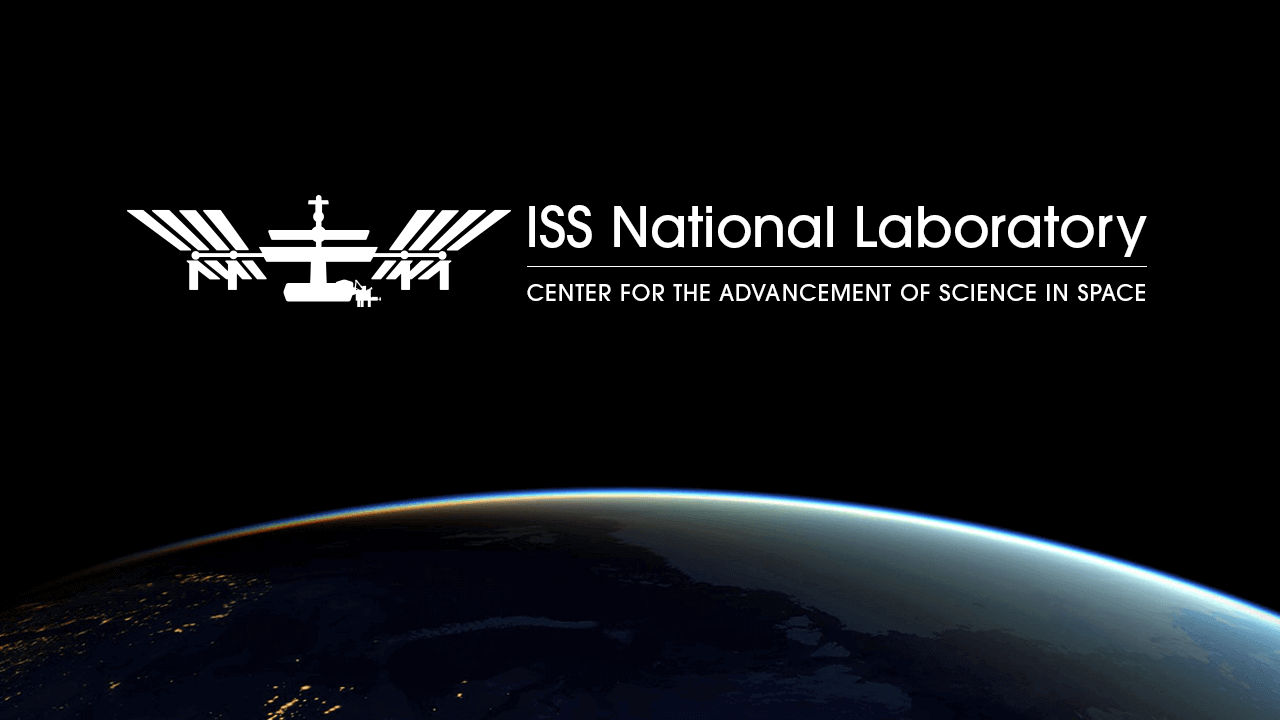KENNEDY SPACE CENTER (FL), January 14, 2021 – SpaceX’s Dragon spacecraft splashed down safely off the coast of Florida last night, concluding a month-plus stay at the International Space Station (ISS) to bring back thousands of pounds of scientific research and cargo. With this successful splashdown, SpaceX completed its 21st Commercial Resupply Services (CRS) mission to the orbiting laboratory for NASA. This also marks the first mission of the upgraded Dragon cargo spacecraft with double the powered locker capacity of previous capsules, allowing for even more research to travel back to Earth for analysis.
More than 30 payloads sponsored by the ISS U.S. National Laboratory were a part of this return mission, leveraging the expanded cargo features allotted by the updated Dragon spacecraft and the expanded crew complement on ISS. Some payloads returning were launched on other spacecraft—as part of the historic SpaceX Crew-1 launch and Northrop Grumman CRS-14—and took advantage of extended time on ISS.
When SpaceX CRS-21 launched to the orbiting laboratory in December, it carried more than 20 ISS National Lab-sponsored payloads, representing dozens of research experiments. Investigations on that mission included a wide variety of research—from biomedical and microbial studies to materials and physical sciences experiments and education investigations to inspire the next generation of researchers and explorers. Below highlights some of the investigations sponsored by the ISS National Lab that returned on SpaceX CRS-21.
Three projects returning on this mission were funded by the National Center for Advancing Translational Sciences (one of the centers within the National Institutes of Health) through its joint, multiyear Tissue Chips in Space initiative with the ISS National Lab. Tissue chip research on this mission included a heart disease investigation from researchers at Stanford University, a second tissue chip investigation from the Massachusetts Institute of Technology focused on post-traumatic osteoarthritis, and a muscle atrophy tissue chip experiment from the University of Florida that builds on a previous tissue engineering investigation that launched in 2018.
Also returning on this mission is an investigation from researchers at the University of California, San Diego who are using a brain organoid model to study neurological diseases. This experiment examined how microgravity affects the survival, metabolism, and cognitive function of human brain cells in an organoid model. Brain organoid models are used in the study of autism and Alzheimer’s disease, which represent a significant health burden on Earth. In microgravity, these disease models may be accelerated.
Another returning payload was launched on the Northrop Grumman CRS-14 mission to demonstrate the manufacture of single-piece turbine blade/disk combinations (blisks) in microgravity for use in the aerospace industry. Made In Space sent its Turbine Ceramic Manufacturing Module to the ISS seeking to validate its latest new commercial facility on the space station. Producing blisks in space could result in parts with lower mass, less residual stress, and higher strength than those manufactured on Earth. The facility is being returned to Earth for further analysis following its successful in-orbit operations.
Two separate payloads looking at the production of ZBLAN optical fibers in microgravity are also part of the SpaceX CRS-21 return mission. Under the sponsorship of the ISS National Lab, FOMS Inc. and Physical Optics Corporation have both sent multiple payloads to the space station in recent years that aimed to produce high-quality ZBLAN fibers in space. ZBLAN fibers are difficult to produce on Earth due to the formation of impurities in the fibers resulting from gravity-driven forces. Early indications from these recent attempts at producing ZBLAN fibers in microgravity have been promising and may lead to new commercial pathways for scalable in-space production and manufacturing that bring value to our nation and drive new market opportunities in low Earth orbit.
When the historic SpaceX Crew-1 mission took flight from NASA’s Kennedy Space Center in Florida in November 2020, it did so with the first ISS National Lab-sponsored investigation to launch on a Commercial Crew Program mission to the orbiting outpost. The payload, a student experiment from the Genes in Space program, sought to evaluate the cognitive changes reported by some astronauts following spaceflight by examining the expression of circadian genes, which regulate sleep and wakefulness, in space. A better understanding of circadian dysregulation in astronauts could enable the design of effective safeguards for astronauts both on the ISS and on potential future deep space missions.
This splashdown also represents the first Commercial Resupply Services mission to safely return off the coast of Florida, as opposed to splashdown in the Pacific Ocean. By splashing down off the coast of Florida, payloads can be transferred back to Kennedy’s Space Station Processing Facility more quickly to be returned to researchers and their Implementation Partners with minimal loss of microgravity’s effects on the research.
To learn more about the ISS National Lab and its sponsored research, including the current opportunities available to propose flight concepts, please visit www.ISSNationalLab.org.
Media Contact:
Patrick O’Neill
904-806-0035
[email protected]
# # #
About the International Space Station U.S. National Laboratory: The International Space Station (ISS) is a one-of-a-kind laboratory that enables research and technology development not possible on Earth. As a public service enterprise, the ISS National Lab allows researchers to leverage this multiuser facility to improve quality of life on Earth, mature space-based business models, advance science literacy in the future workforce, and expand a sustainable and scalable market in low Earth orbit. Through this orbiting national laboratory, research resources on the ISS are available to support non-NASA science, technology, and education initiatives from U.S. government agencies, academic institutions, and the private sector. The Center for the Advancement of Science in Space (CASIS) manages the ISS National Lab, under Cooperative Agreement with NASA, facilitating access to its permanent microgravity research environment, a powerful vantage point in low Earth orbit, and the extreme and varied conditions of space. To learn more about the ISS National Lab, visit www.ISSNationalLab.org.
# # #







